Pet Lumps and Bumps in Fort Worth: Knowing When a Mass Is an Emergency
You’re petting your dog or cat on the couch, and suddenly your fingers brush against a lump you’ve never noticed before. In that instant, worry sets in: Is it serious? Do I need to call the vet right away?
Not every lump is cause for panic. Many are harmless. But some can be painful, infected, or even cancerous, and waiting too long to check them can put your pet at risk. At Woodland Springs Veterinary Hospital (WSVH), we help Fort Worth families navigate these moments with clear answers, gentle exams, and advanced diagnostics so you know when it’s safe to watch and when it’s time to act.
Why Do Pets Develop Masses?
The skin and tissues beneath it contain fat cells, immune cells, oil glands, and hair follicles. Any of these structures can react to injury, inflammation, or abnormal growth by producing a lump. Some are just cosmetic, while others may signal infection or even cancer.
Common Benign and Malignant Masses
Cancer in pets often appears as something simple, like a small bump, or a change in behavior. Catching it early can dramatically improve treatment outcomes.
When a tumor is described as malignant, it means the cells are cancerous and capable of spreading (metastasizing) to other parts of the body. Unlike benign growths, which usually remain localized, malignant tumors can invade nearby tissues, grow quickly, and cause significant health complications if not treated promptly.
| Lump Type | Typical Appearance | Urgency | Key Facts |
|---|---|---|---|
| Lipoma | Soft, dome-shaped, under loose skin | Low | Track growth; weight management may help |
| Sebaceous cyst | Blue-gray bump that may ooze | Medium | Removal if infected or bothersome |
| Mast cell tumor | Firm, size may change daily | High | Can be aggressive and malignant — don’t wait. |
| Histiocytoma | Raised red “button” on young dogs | Medium | Often regresses; biopsy confirms |
| Squamous Cell Carcinoma | Crusty, ulcerated lesion (often nose, ears, or mouth in cats) | High | Locally aggressive skin/mouth cancer; early removal improves outcome |
| Osteosarcoma | Hard, bony swelling (commonly leg bones in dogs) | High | Aggressive bone cancer; often painful, malignant, and prone to fracture |
| Oral Tumors | Masses inside mouth, can bleed or cause drooling | High | Includes melanoma, fibrosarcoma, SCC; surgery and biopsy essential |
Non-Cancerous Skin Growths
- Calluses and Hygromas – Pressure on hard flooring leads to thickened pads over elbows, while repeated pressure can also cause hygromas, which are fluid-filled swellings over bony areas like the elbows. Protecting pressure points with padded beds or moisturizers can reduce discomfort and help prevent these conditions.
- Warts – Oral papillomas in puppies or immune-compromised dogs look like tiny cauliflower growths and usually disappear as the immune system matures.
- Nipples- Don’t forget about what’s normal! Male and female dogs and cats usually have 6-10 nipples.
Inflammatory Reactions
- Ticks – A tiny gray bump may be an engorged tick. Follow CDC guidelines for preventing ticks on pets to protect against disease. When ticks are removed or fall off, it’s common to have a small firm swelling for a few days.
- Allergic welts – Bee stings, new foods, or environmental allergens may cause itchy hives that escalate to facial swelling or breathing problems.
- Interdigital Furunculosis – Painful pus-filled lesions between the toes (commonly known as “interdigital furuncles”) can become severely infected and spread rapidly. These are itchy, painful swellings that often require both medical and surgical intervention to heal.
Masses that are Emergencies
- Abscesses – Often the result of fights or puncture wounds. A cat bite abscess can swell rapidly, rupture, and spread bacteria.
- Neoplasia (Cancer) – Nearly half of skin tumors in pets over ten are malignant. Knowing the warning signs of cancer in pets helps you act before disease advances. It’s nearly impossible to know what a tumor is by look or feel- performing diagnostic testing is essential.
- Ear Hematomas – These painful swellings develop when blood vessels inside the ear flap rupture, often after vigorous head-shaking or scratching. The ear may balloon, becoming thick, hot, and uncomfortable. Left untreated, the ear can scar and crumple permanently. It’s very often due to an ear infection that needs treatment.
- Foxtails – Common in Texas summers. These barbed grass seeds burrow under skin and create painful, infected, migrating swellings. Learn more about foxtail dangers, and check your pet for grass seeds after outdoor adventures- especially for longer-haired dogs. Don’t forget checking between the toes- it’s one of the most common places for a foxtail to burrow!
- Hernias – A sudden bulge near the abdomen, chest, or groin may be a hernia. While some remain stable, others can trap organs or tissue, cutting off blood supply and causing internal damage. This is a true emergency—prompt veterinary evaluation is vital to prevent life-threatening complications.
- Anal Sac Masses – A marble-sized swelling beside the anus may signal impaction, infection, or even a tumor. Left untreated, these can rupture or progress quickly, making them an urgent concern. Early evaluation prevents painful complications.
Red Flags That Signal Emergency Care
Call us immediately if you notice:
- A lump doubling in size in less than a month
- Ulceration, bleeding, or foul-smelling discharge
- Severe pain, redness, or swelling beyond the lump itself
- Any growth interfering with breathing, eating, walking, or elimination
- Systemic signs like lethargy, weight loss, or fever
If this happens during business hours, phone us at (817) 431-3735 so our team can prepare. We’re ready with advanced diagnostics, skilled surgeons, and a caring team.
Your At-Home Lump Check: A Three-Step Routine
Taking five minutes once a month can make a world of difference:
- Feel from nose to tail when your pet is calm. Use slow, steady pressure with your fingertips.
- Map and measure any bumps with a photo beside a ruler or by marking the area with a washable pen. Track whether the lump feels soft, firm, or fixed.
- Recheck every two weeks. If it grows quickly, becomes painful, starts bleeding, or causes your pet to act “off,” it’s time to call us.
This routine builds familiarity with your pet’s normal skin so new changes stand out immediately.
How WSVH Diagnoses a Mass
We focus on accuracy and comfort:
- Careful examination – Gentle handling minimizes stress.
- Fine-needle aspirate – A quick, minimally invasive test that uses the same type of needle as a vaccine, so it’s relatively quick and painless. Many answers come same-day with in-clinic cytology.
- Biopsy & histopathology – Small tissue samples go to board-certified pathologists for confirmation.
- Advanced imaging – Digital radiography and ultrasound show the full extent of a mass and check for spread.
- Oncology support – If cancer is diagnosed, we stage disease, discuss options, and create a plan.
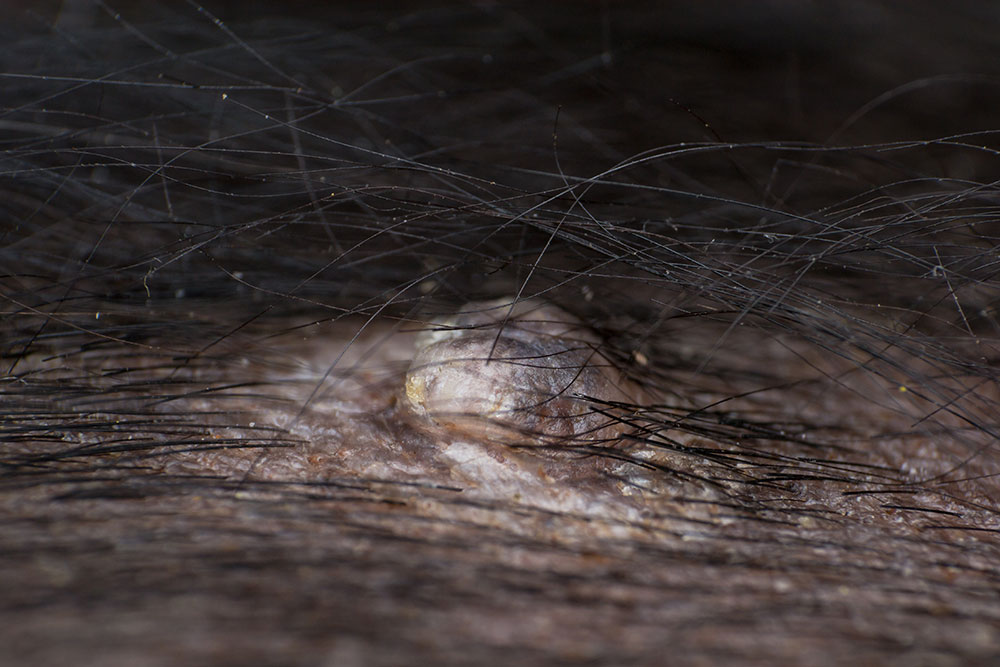
Preventive Steps for Fewer Surprises
- Keep your pet at a healthy weight to minimize pressure-point calluses.
- Use year-round parasite prevention to avoid tick- or flea-related skin issues.
- Provide padded beds and soft resting surfaces.
- Schedule regular wellness exams and bloodwork for early detection.
Take the Next Step Today
Finding a lump on your pet can be scary, but you don’t have to navigate it alone. Whether it’s a harmless fatty tumor or a more serious concern, quick evaluation brings peace of mind and, if needed, life-saving intervention.
Call us at (817) 431-3735 or request an appointment online.
At Woodland Springs Veterinary Hospital, we honor the bond you share with your pet by providing compassionate diagnostics, clear communication, and extraordinary medicine- so you can focus on enjoying more healthy years together.


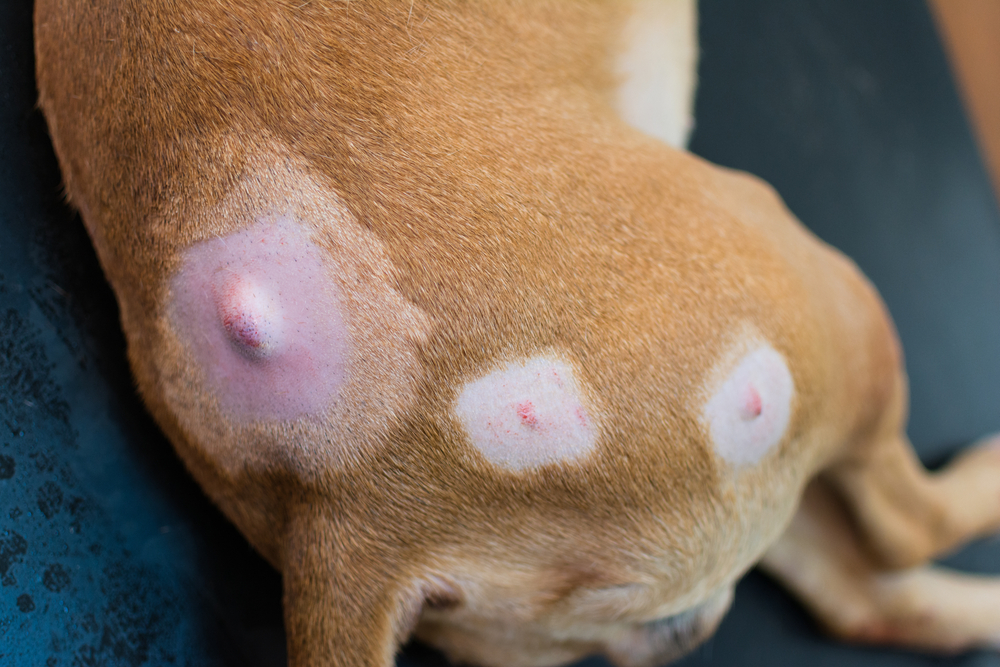
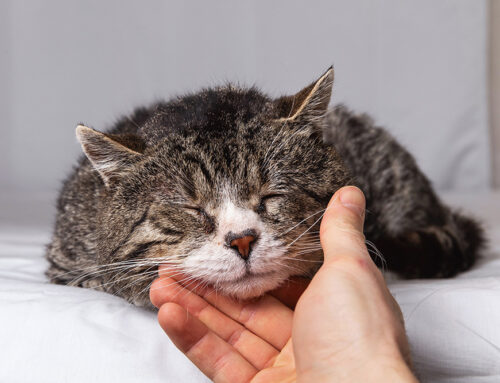
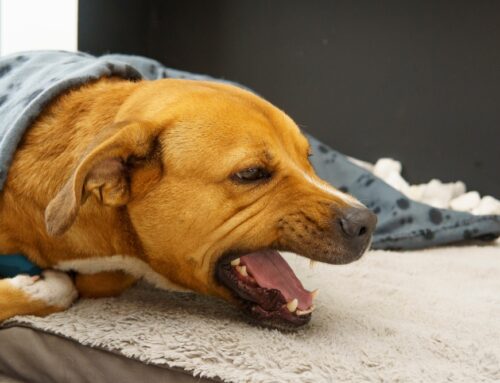
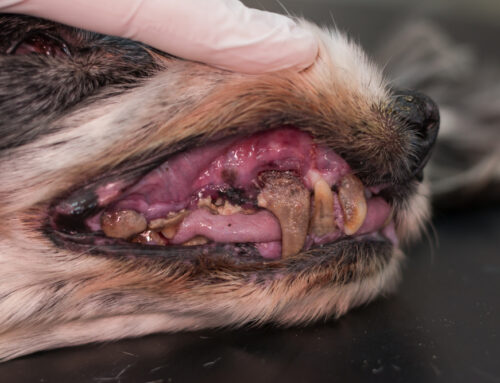
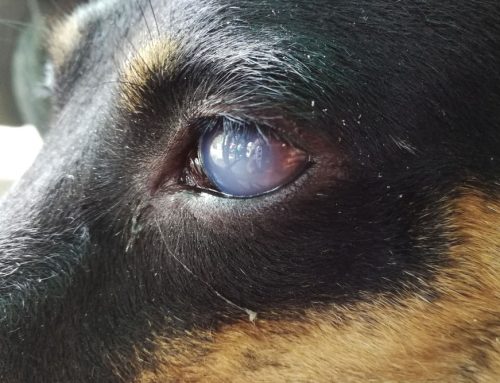
Leave A Comment